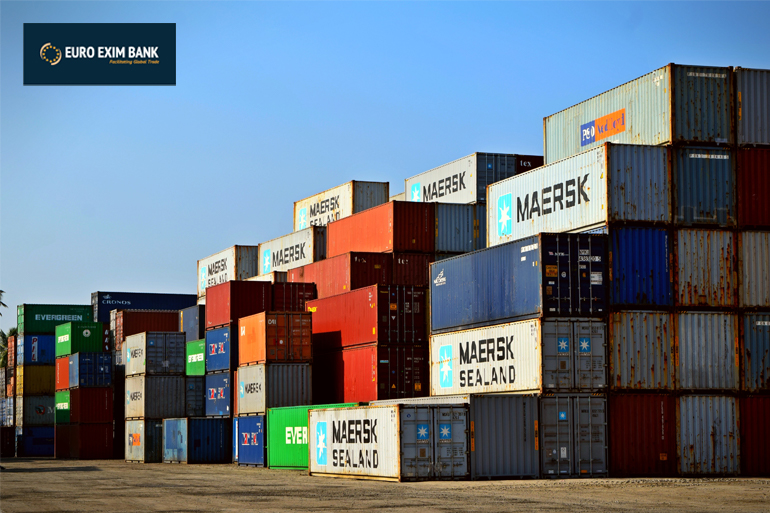Trade finance enjoys a long history. However, the focus has usually been on larger, more stable businesses, often at the expense of SMEs, with the ADB estimating that up to 45% of such applications are rejected. This is perfectly reasonable; people want to invest in assets with a high probability of return and capital recovery.
Today, trade finance is more prevalent than ever before, with up to 80% of global trade being financed in one way or another. Thus, investors are seeing the value in this highly lucrative, relatively low-risk asset class. This is further helped by emerging alternative trade financiers, such as Euro Exim Bank, who rely on technology and big data to manage risk and deliver services tailored for SMEs, expanding the diversity of this asset class. Such providers are utilizing technology to create high volumes with solid credit quality, which is attractive to investors.
Trade Receivables Funds and Post Covid Landscape
In 2019, a global asset management firm highlighted how trade finance can offer investors yields that are higher than LIBOR and even commercial paper. It also discussed how the short investment duration and consistent returns of this asset class make it an attractive investment and can add to portfolio diversification.
In addition to this, about 15 to 20 trade finance-focused funds are known to operate globally today and this number is expected to grow. This is helping to break the monopoly of institutional investors in this sector and open investing in trade finance to private investors as well. These developments are empowering alternative providers to reach out to SMEs and fulfill their needs.
In the aftermath of the global pandemic, the International Chamber of commerce has also highlighted the importance of trade and trade finance in driving the global economic recovery. The ICC projects that up to 5 trillion dollars worth of trade credit would be required to bring global trade to pre-pandemic levels by the end of 2021. Up to 1.9 trillion of this is likely to come from trade finance instruments such as letters of credit, leaving up to 3.1 trillion to be fulfilled by alternative financiers through avenues such as trade receivables.
What Exactly Are Trade Receivables?
In an international trade transaction, an importer buys from an exporter. Once an order is confirmed, the exporter can issue an invoice. With traditional trade financing, a bank will act as an intermediary and use a trade finance instrument such as a letter of credit or a guarantee to govern the settlement. However, alternative service providers, such as Euro Exim Bank, are happy to provide financing against the exporter’s invoice (trade receivable), subsequently collecting payment from the importer. This is also referred to as factoring, and Euro Exim Bank is a specialist in this area, serving customers worldwide, with a focus on SMEs in emerging and frontier markets.

